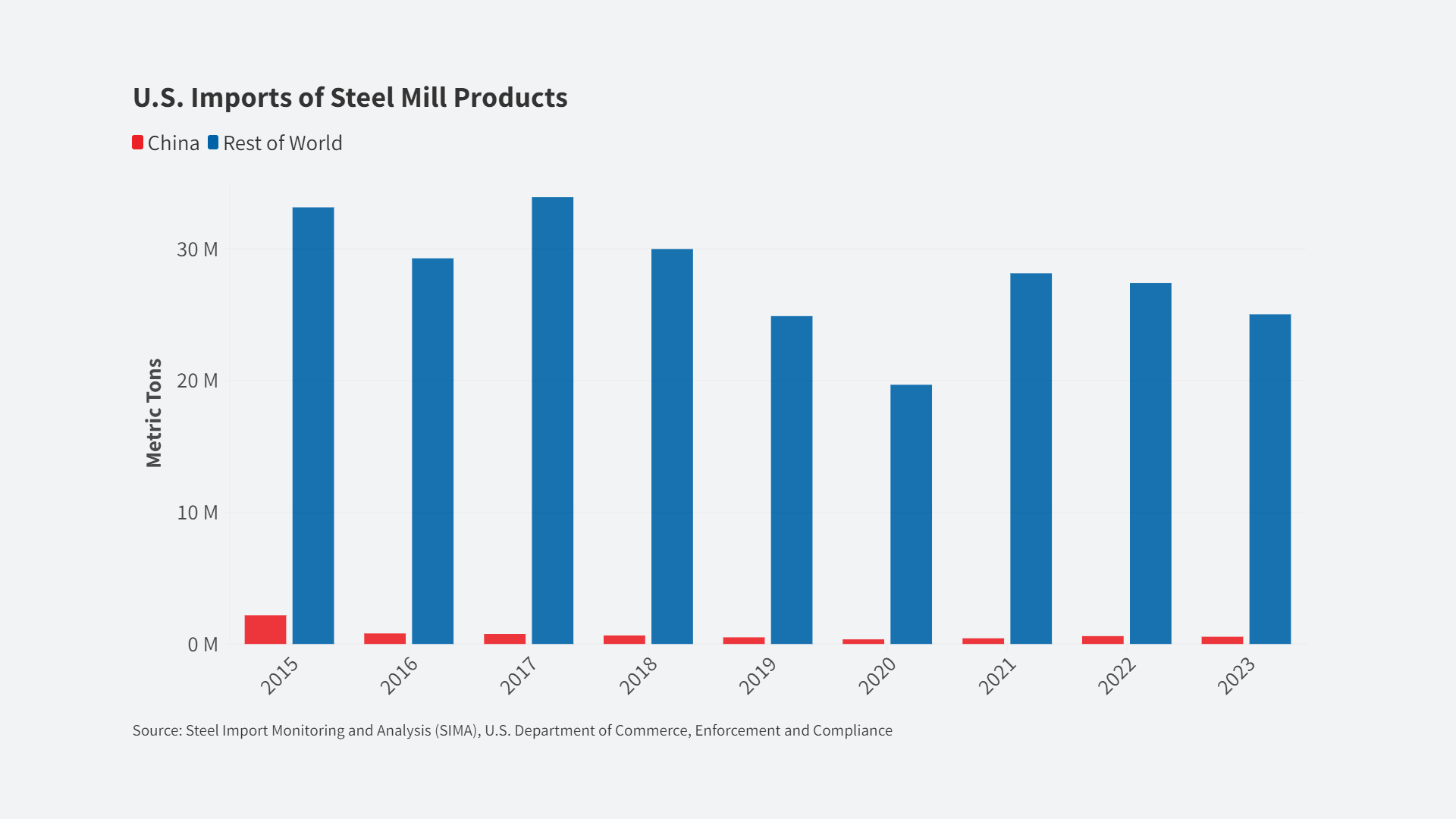
In the last several months, the dollar has strengthened tremendously against other currencies like the euro, the pound and the yen. This largely reflects the realization among investors that the American economy will do much better than other major economies in the coming months.
[Reposted from The New York Times | The Editorial Board | March 30, 2015]
The dollar is now the strongest it has been against more than two dozen other currencies in more than 10 years, according to an index compiled by the Federal Reserve. One euro was trading at $1.09 on Friday, down from $1.37 a year ago; many analysts predict that the two currencies could reach parity in the coming months for the first time since 2003. At the same time, the yen has fallen about 14 percent against the dollar.
Like any major move in the financial markets, the strengthening of the dollar has unnerved investors and policy makers. Some, like the governor of the Reserve Bank of India, Raghuram Rajan, have complained that we are in the “age of competitive devaluation and beggar-thy-neighbor policy.” He and officials in other countries, like South Korea, are worried that central banks have engineered the depreciation of currencies like the euro and the yen by printing money and aggressively buying bonds in a bald attempt to make their exports cheaper.
The European Central Bank and the Bank of Japan are buying lots of bonds to stimulate weak regional economies, but not necessarily to hurt other countries. If they are successful, it will ultimately benefit the entire global economy, including the United States, which is also hurt when the dollar appreciates because that makes American goods more expensive for buyers abroad.
The bigger question is whether monetary policy and a depreciating currency can make a significant difference. There is growing evidence that simply increasing the money supply may not be enough to revive weak economies, especially if demand in the rest of the world is not growing quickly enough. Countries cannot export their way to growth if other nations are not in a position to buy their goods and services.
That might help to explain why Japan’s economy is still struggling two years after its central bank began buying bonds in a big way, which has helped to send the yen tumbling against the dollar. A major part of the problem is that the government of Prime Minister Shinzo Abe has not done enough to reform the economy, for instance by getting businesses to invest more of their savings and increasing the employment of women.
There are some signs of a European revival, though not enough to celebrate a return to growth. Several countries, like Greece, Italy and France, are still shrinking, stagnant or barely growing. A weaker euro is good for all the countries that use it but will primarily benefit big exporting nations like Germany, which is already one of the strongest eurozone economies. Even if the euro reaches parity with the dollar, this might not significantly help weaker countries like Greece that are not big exporters or nations like Portugal that export mostly to other European countries. To help those nations, policy makers in the eurozone have to move away from mindless austerity and push through long-delayed reforms to encourage investment and job growth.
For the United States, a stronger dollar will serve to dampen growth, though by how much nobody can accurately predict because the relative values of currencies are hard to forecast. Some American manufacturers have said they are losing orders or seeing their profits decline as they are forced to cut prices to compete with the lower prices offered by European and Japanese businesses.
The appreciation of the dollar is a good reason for the Federal Reserve to hold off on raising interest rates this summer. But more than anything else, the stronger dollar serves as a reminder that the world is still far too reliant on the United States, which itself has not yet fully recovered from the financial crisis. That does not augur well for sustainable global growth.













